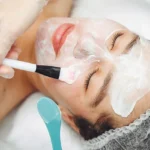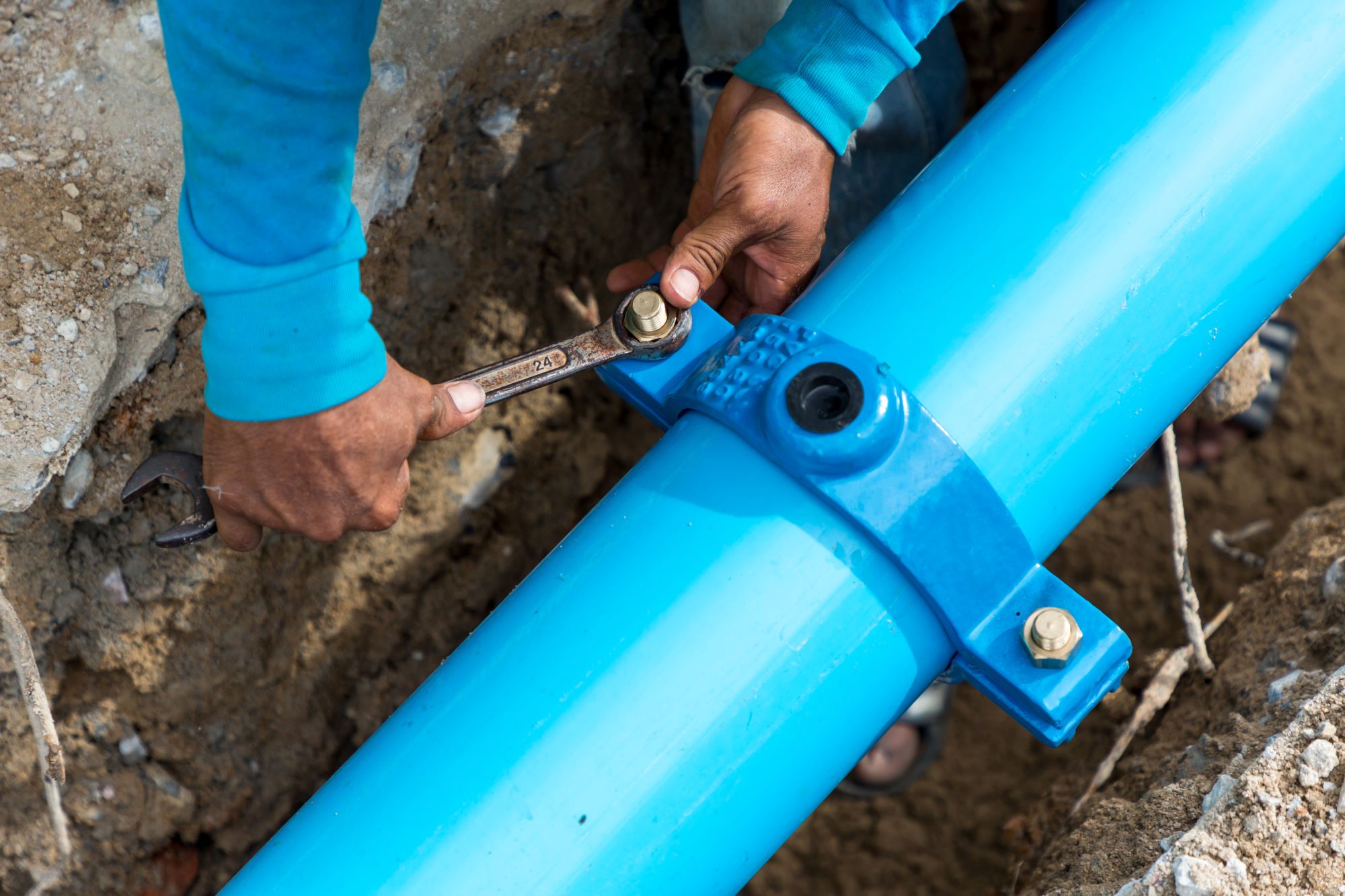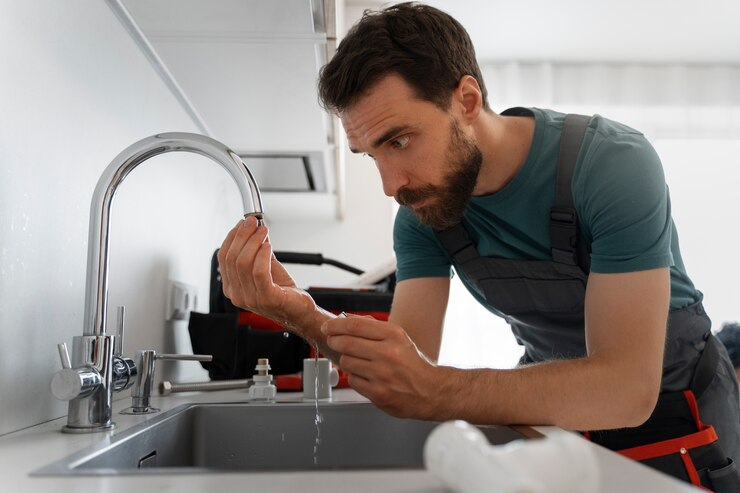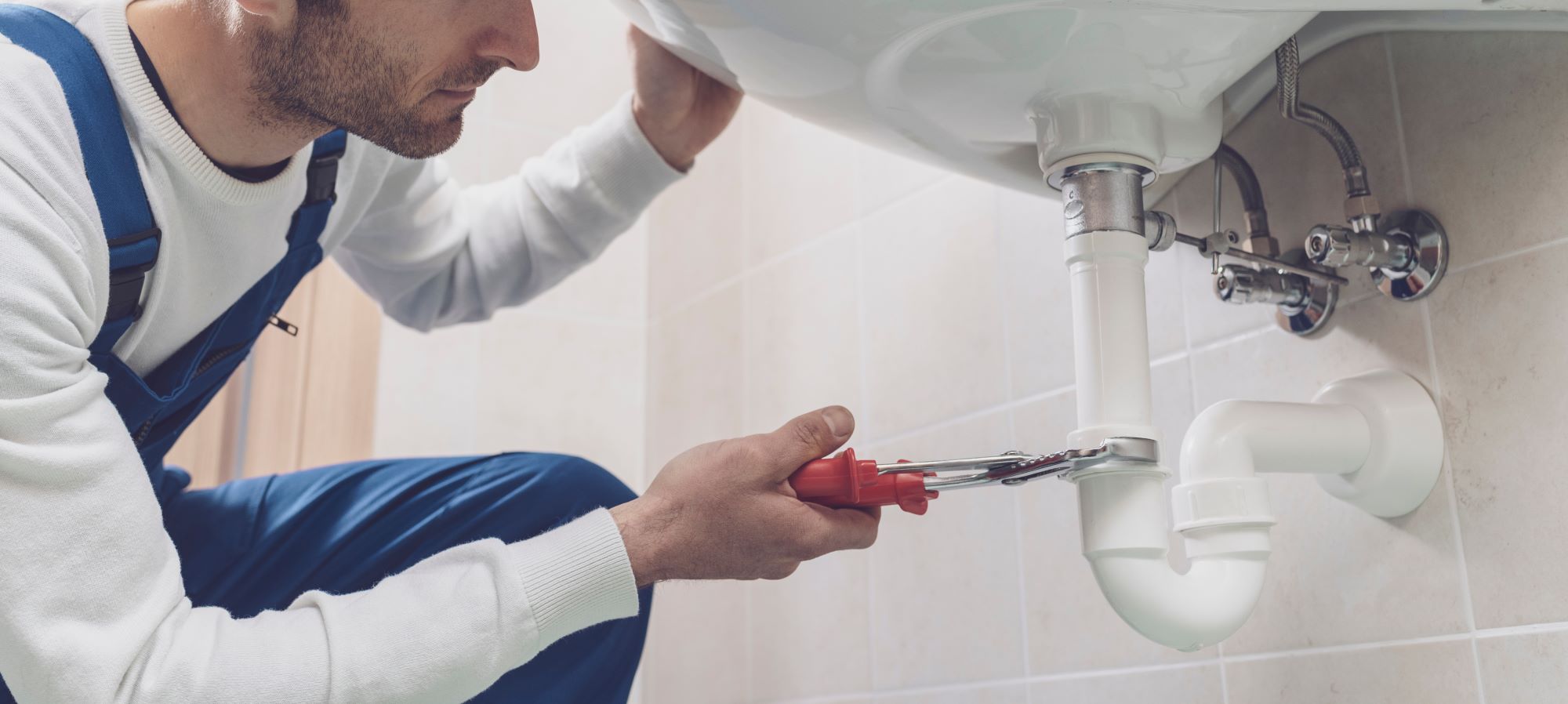
Broken and damaged water pipes can cause problems in and out of your property. That’s why homeowners should replace it as soon as possible, no matter the cause of the pipe issue.
Faulty insulation, pipe corrosion, and cracks are the most common reasons for pipe replacement. Traditional pipe rehabilitation works are often labor-intensive and time-consuming, causing days of water supply deprivation and severe damage to the yard. But this was before the existence of cured-in-place pipe (CIPP) lateral liners.
With CIPP technology, homeowners no longer have to contend with excavations during installation. This article would discuss what you need to know about CIPP lateral liners.
What Are CIPP Lateral Liners?
Cured-in-place pipe or CIPP lateral liners is a new technology that doesn’t require heavy work and severe disruptions. This procedure can be performed in both residential and commercial settings to restore pipes that need replacement. Any pipe damage such as cracks, roots, and other forms of physical deterioration can be resolved using different CIPP lateral liners.
This pipe replacement technology uses a plastic resin that’s warmed before being set into place. CIPP lateral liners are highly pliable, making them ideal for damaged pipes of any material, size, and shape. While soft before installation, it can become rigid and durable through the use of a thermosetting procedure.
How Do CIPP Lateral Liners Work?
CIPP lateral liners rehabilitate damages and worn pipes. The procedure doesn’t require digging because pipe installers only need to insert a highly flexible liner into the damaged pipeline. The liner is then stretched to the pipe’s size and warmed, forming a hard layer on the pipe’s surface. This new layer covers any pipe defect, allowing it to work like new once again.
How Is A CIPP Lateral Liner Replacement Done?
To ensure that CIPP lateral liners are effective at resolving plumbing issues in your home, installers will have to perform the following steps:
Pre-Installation
- CIPP specialists remove any debris inside and around the damaged pipe.
- Once cleaned, the pipe’s length and diameter are checked and validated.
- A bypass system is created to keep water away during the lateral lining procedure. Installers may use a vacuum truck to prevent water and debris from running through the pipes.
- The scope of pipe damage and the location of cracks and holes are determined by inserting a small camera inside the pipe.
During Installation
- The lateral lining is filled with liquid epoxy-based resin, which is often mixed with a compound to harden it.
- Air pressure sets the impregnated liner inside the pipe.
- Hot water, steam, or ultraviolet (UV) light cures the resin in place.
- Besides expanding to fit the pipe, the curing process also hardens the resin.
Post-Installation
- The team will remove the bypass system and other obstructions.
- The team inspects the quality of the installation.
Once fully cured, the resin will cover the surface of the damaged pipe, removing any damage and reducing the risk of pipe bursting. This new lateral liner is also resistant to corrosion, which is common to aging indoor water pipe materials made from metal.
Why Should You Choose CIPP Lateral Lining?
This advanced pipelining restoration method has numerous benefits, which include the following:
1. Less Invasive: Because this procedure doesn’t require installers to dig a trench, a lateral lining installation doesn’t leave any mess on your yard or your neighbor’s.
2. Time-Saving: CIPP lateral lining installation typically takes only a few hours to finish. Complex works tend to take at least one day.
3. Wide-Ranging: Lateral lining can accommodate water pipes of any size and shape. For instance, pipes with diameter measurements from 3-98 inches can be repaired through this method.
4. Strengthens The Pipes: A CIPP liner can fortify pipe strength by forming a tough layer inside the pipe wall.
5. More Durable Than Most Materials: CIPP lining is resistant to corrosion and leaks. It’s also resistant to mildew and water seepages. With proper use, it can last as long as new pipe materials.
6. Cost-Effective: This method uses robotics for precise work, allowing installers to identify where the problems lie. Being accurate means you don’t have to destroy the ground or the walls, look for leaks and damages, and spend for repair.
7. Ensures Proper Water Flow: Pipes need to be cleaned before CIPP installation, and it’ll likely stay this way. That’s because the liner doesn’t encourage the formation of debris and obstructions.
Conclusion
Property owners don’t have to shoot themselves in the foot to replace worn-out and broken pipes. They can consider CIPP lateral liners instead to restore the pipes fast and without significant problems.
This trenchless pipe replacement technology removes the need for digging to take out and replace broken pipes. As such, it’s a more efficient, time-saving, and cost-effective option over traditional pipe repair works.


















